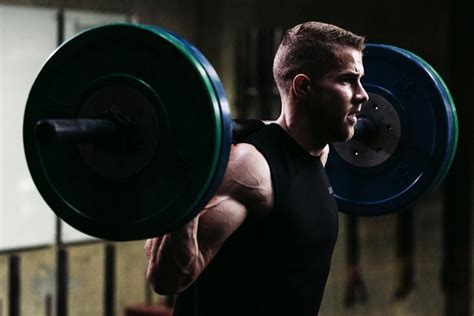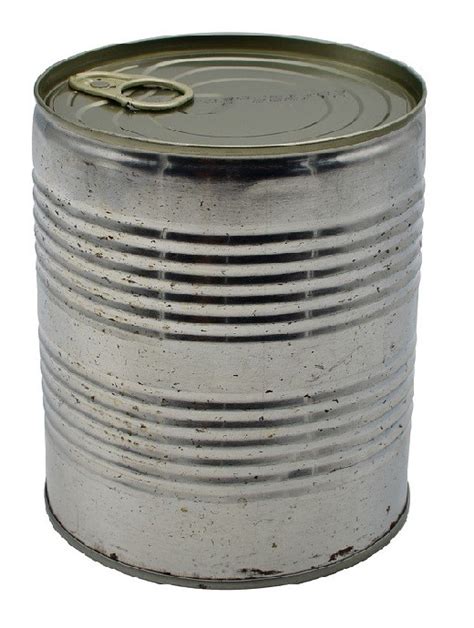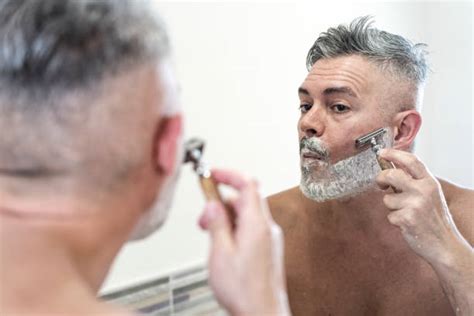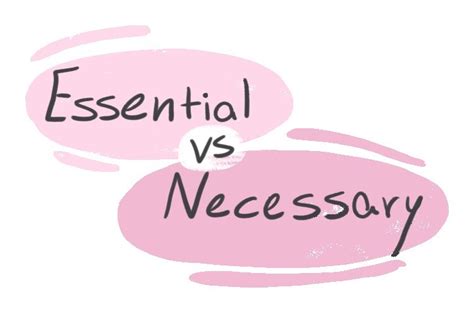What athletic recovery gear maximizes repair for sustained peak performance?

The Imperative of Athletic Recovery
In the relentless pursuit of athletic excellence, the spotlight often falls on training intensity, technique, and nutrition. However, a crucial, yet sometimes overlooked, pillar of sustained peak performance is effective recovery. Without proper recovery, the body cannot adapt to training stress, repair damaged tissues, or replenish energy stores, leading to diminished performance, increased injury risk, and burnout. Fortunately, advancements in sports science have led to a plethora of recovery gear designed to expedite the repair process and get athletes back to their best faster.
Understanding which tools offer the most significant benefits can be a game-changer for athletes across all disciplines. From reducing inflammation and promoting blood flow to alleviating muscle soreness and enhancing relaxation, the right recovery equipment can bridge the gap between hard work and optimal physical readiness.
Compression Wear: Supporting Circulation and Reducing Swelling
Compression garments, including socks, sleeves, and full body suits, are foundational elements of many athletes’ recovery protocols. These garments apply graduated pressure to specific body parts, which helps to improve blood circulation, flush out metabolic waste products like lactic acid, and reduce post-exercise swelling and muscle oscillation during activity. By enhancing venous return, compression wear can significantly reduce muscle soreness (DOMS) and accelerate the removal of waste byproducts, thereby speeding up recovery.

Massage Tools: Targeting Muscle Knots and Improving Flexibility
Direct muscle manipulation through massage is a time-tested recovery method, and modern gear makes it accessible anywhere. Foam rollers, massage sticks, and percussive massage devices (massage guns) are indispensable for self-myofascial release. These tools help to break up muscle adhesions, improve blood flow to specific areas, increase range of motion, and reduce muscle stiffness. Massage guns, in particular, deliver rapid pulsations that can penetrate deep into muscle tissue, effectively releasing tension and promoting faster recovery without the need for a therapist.
Cold Therapy: Reducing Inflammation and Pain
Cold therapy, ranging from simple ice packs to sophisticated cryotherapy chambers and cold immersion tubs, is highly effective for acute injury management and post-exercise recovery. Exposure to cold temperatures constricts blood vessels, reducing blood flow to the affected area, which in turn minimizes inflammation, swelling, and pain. Upon rewarming, blood flow increases, delivering oxygen and nutrients to help repair damaged tissues. While full-body cryotherapy offers systemic benefits, targeted cold compression devices are excellent for localized relief and recovery.

Recovery Boots and Pneumatic Compression Devices
Pneumatic compression boots, such as those made by NormaTec or RecoveryPump, utilize intermittent air pressure to massage the limbs. These devices mimic the natural muscle pump of the legs, enhancing lymphatic drainage and venous return. The sequential compression cycles help to flush out metabolic waste, reduce fluid retention, and bring fresh, oxygenated blood to fatigued muscles. Many elite athletes swear by these boots for rapid recovery, especially after intense training sessions or competitions.
Beyond the Gear: A Holistic Approach
While cutting-edge recovery gear plays a vital role, it’s crucial to remember that it complements, rather than replaces, fundamental recovery practices. Adequate sleep, proper hydration, and nutrient-dense nutrition remain the bedrock of any effective recovery strategy. Incorporating mindfulness practices and active recovery (light activity) further enhances the body’s ability to repair and rejuvenate. The best recovery strategy is a holistic one that leverages technology alongside fundamental self-care.

Choosing Your Recovery Arsenal
When selecting recovery gear, consider your sport, training intensity, and individual needs. A sprinter might prioritize percussive massage and compression boots for rapid muscle turnover, while an endurance athlete might benefit more from cold therapy and foam rolling for chronic muscle tightness. Starting with versatile tools like a good foam roller and a set of compression socks is often a smart first step, then gradually integrating more specialized equipment as needed.
Investing in the right athletic recovery gear is an investment in your performance longevity. By actively supporting your body’s repair mechanisms, you not only reduce the risk of injury and soreness but also ensure you’re consistently performing at your peak, ready to tackle the next challenge with vigor and strength.









